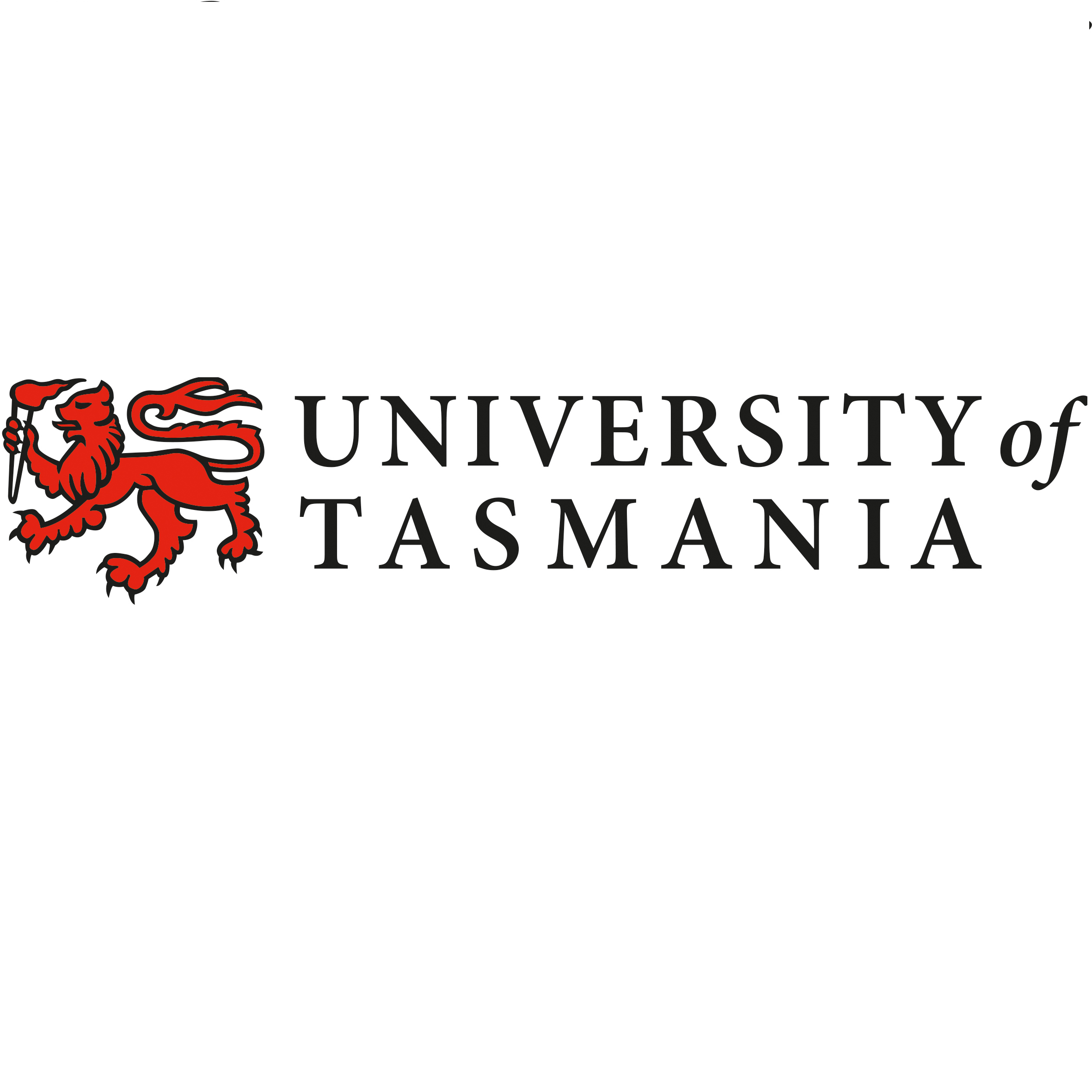Full description
This dataset contains temporal and compositional data on the Southern Ocean Time Series (SOTS) 1000 m depth sediment trap between 2010 and 2019. This study has added new data on 40 trace metals and isotopes (TEIs) in addition to the sinking particle flux data available on the Australian Ocean Data Network (AODN portal) and published in Wynn-Edwards et al. (2020; Frontiers in Earth Science). The TEI data was collected by strong acid digestion of archived SOTS 1000 m sinking particle samples collected from sediment trap deployments from 2010 to 2019. Following digestion, sinking particle samples were analysed for TEI concentration at the UTAS Central Science Laboratory using High Resolution Inductively Coupled Plasma Mass Spectrometry (HR-ICP-MS). The data presented here contains TEI concentration data, elemental fluxes calculated from the sediment trap mass fluxes (Wynn-Edwards et al., 2020) and a range of lithogenic particle fluxes derived from various upper continental crust concentrations reported in the literature. Several iterations of lithogenic flux are included for key lithogenic tracers Al, Fe, Ti and Th, with some mean fluxes of the combination of these tracers included. Here, several multi-tracer lithogenic fluxes are included based on the inclusion of Th concentrations using isotope dilution or linear calibration methods.The final lithogenic fluxes used in the publication are linearly calibrated Al, Ti, Fe and Th flithogenic fluxes and the mean value of these four tracers. Additional V and Pb tracer concentrations were used to assess anthropogenic influences. These results were used to estimate seasonal and interannual lithogenic particle flux in the subantarctic Southern Ocean. Additionally, particle composition, sources and provenance were examined using the attached data. The findings were used to provide an estimate of dust deposition in the subantarctic Southern Ocean south of Australia, contextualised by particle trajectory reanalysis, satellite data products and biogeochemical processes.
Lineage
Maintenance and Update Frequency: none-plannedNotes
CreditThis work was conducted as a masters project with the University of Tasmania, supervised by Dr. Morgane Perron, Prof. Zanna Chase and Prof. Andrew Bowie. This project was conducted as part of an ARC Discovery grant 'Dust to the ocean: does it really increase productivity?', ARC grant reference: DP190103504.
Data time period: 2010-09-19 to 2019-03-06
text: westlimit=141.00; southlimit=-48.00; eastlimit=143.00; northlimit=-46.00000000000001
text: uplimit=1000; downlimit=1000
User Contributed Tags
Login to tag this record with meaningful keywords to make it easier to discover
(DATA ACCESS - sediment trap samples [CSV direct download])
- DOI : 10.25959/W7T4-3A93

- global : 8e9fb2fc-053e-4974-8b02-a1f1bc330133


